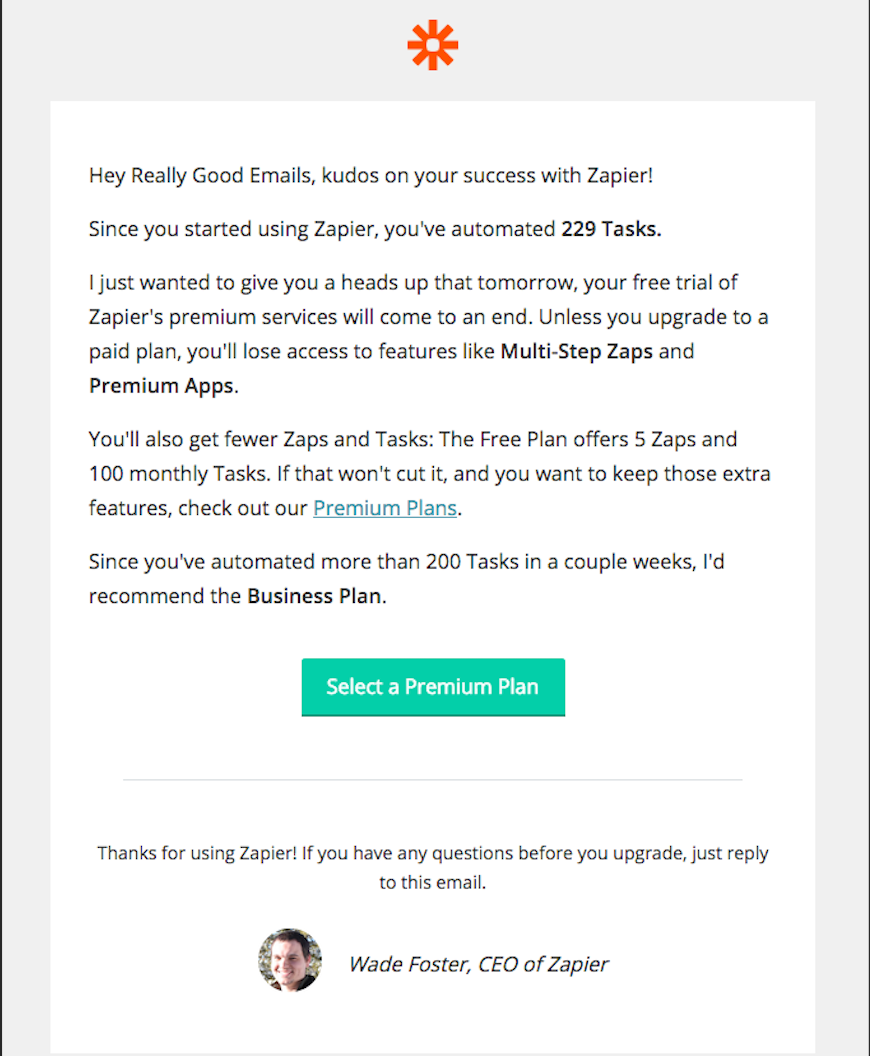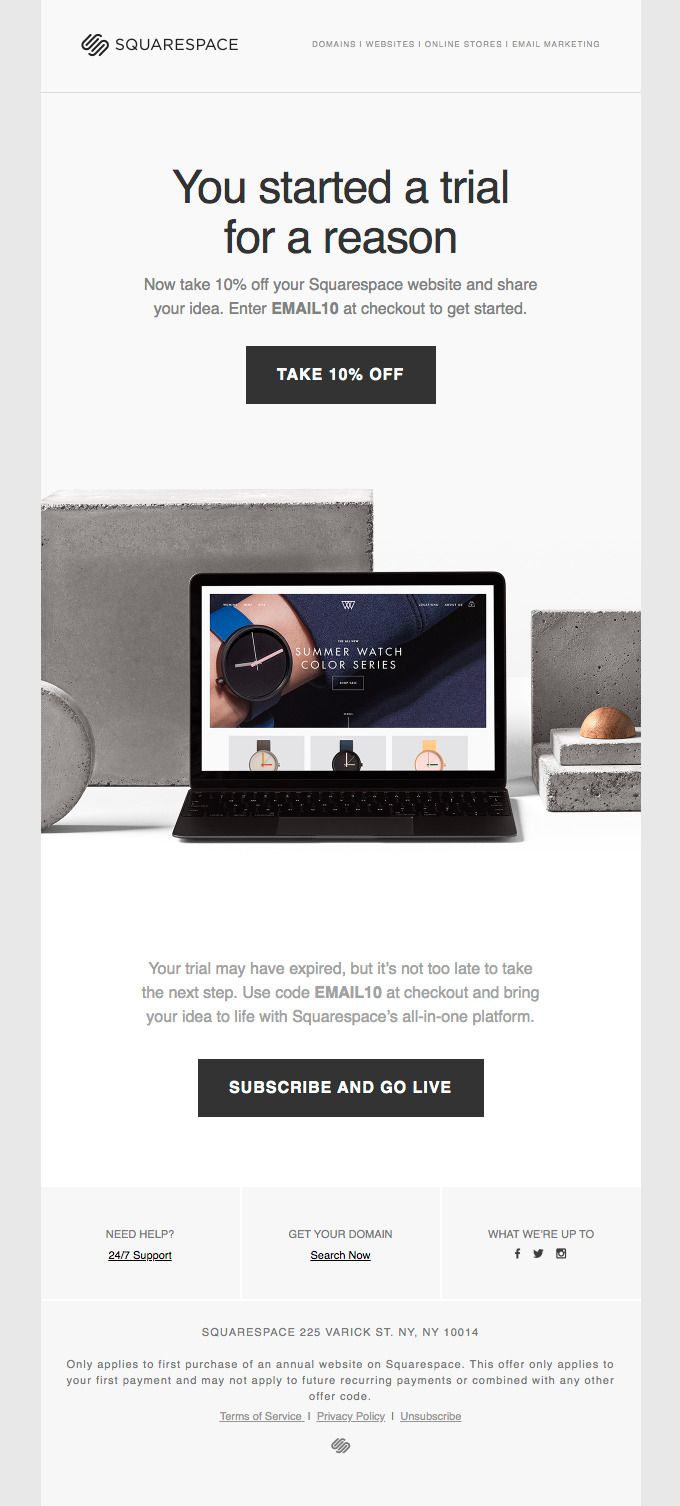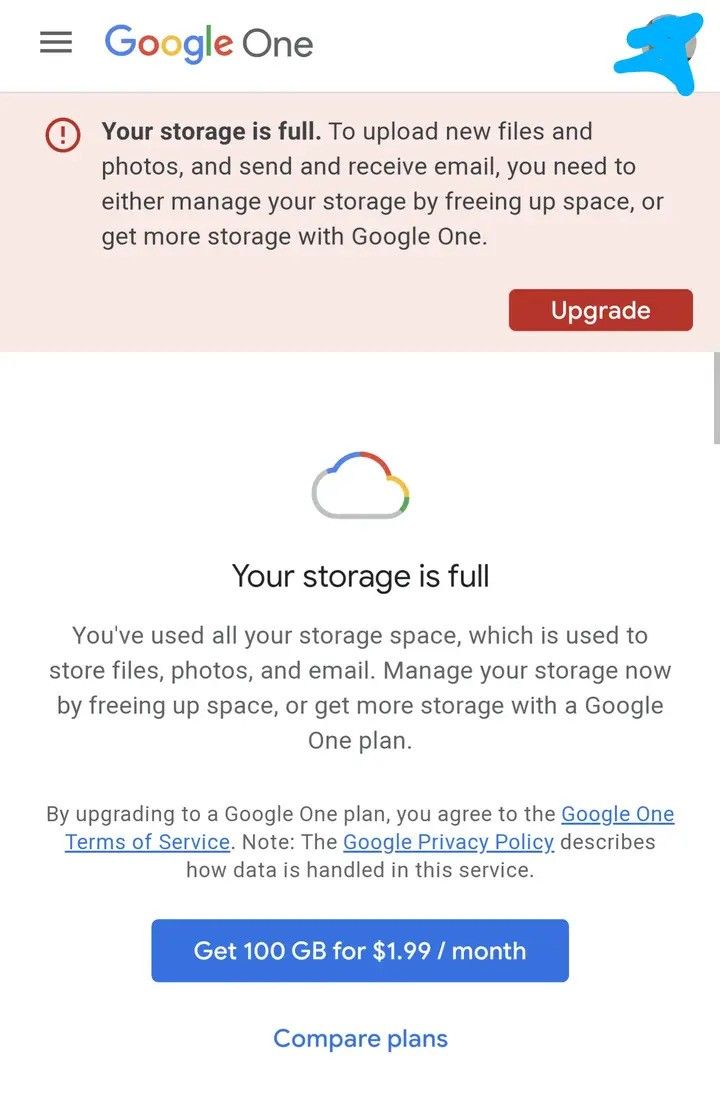In a world where capitalism reigns supreme, upselling has become an artform — convincing customers to spend more than they originally intended. It's a game of persuasion, psychology, and charm, with the ultimate goal of maximising profits.
Essentially, upselling is a practice that can make or break a business, but also one that customers both love and hate.
Some companies do it well, seamlessly weaving additional products or services into the customer's shopping experience. Others are more brazen, using pushy tactics that leave customers feeling cheated and annoyed.
But whether you love it or hate it, upselling is here to stay. From fast food chains to luxury car dealerships, businesses of all shapes and sizes use upselling to increase their bottom line.
In this article, we'll explore the ins and outs of upselling, from the best practices for businesses to use to examples of successful B2B upsells and the psychology behind why customers say yes (or no).
Get ready to be enlightened, because the art of upselling is about to be demystified.
What is upselling?
Upselling is a business practice and sales strategy that involves selling customers a higher tier of products than they expected to purchase.
For example, when your customer wants to renew the usage of the basic version of your product, their account manager might try to sell them the premium version of that product.
Upselling is a critical sales strategy because it increases the value of each customer for your business. It also requires fewer resources to upsell an existing customer than sell to a new customer.
Upselling vs. Cross-selling: What’s the difference between the two?
Although both share a similar goal of generating more revenue for your company, the difference is still present. Although minor, getting the two confused might be a costly mistake down the road.
We have provided this table so that you’ll never have to question which one of the two you meant…
Upselling
Cross-Selling
Definition
The practice of encouraging customers to purchase an upgraded or more expensive version of the item they are already interested in buying.
Encouraging customers to buy related products that may complement what they are already interested in.
Example
Offering the customer a phone package with more data included
Offering the customer a new 5G package to go with their phone
Benefits of upselling
One benefit of upselling is the increase in the average deal size, revenue per customer, and growth opportunities.
But upselling isn’t just about making more money. It’s also about providing customers with a more dynamic range of products and a better, more carefree experience with using your product.
What do we mean by a carefree experience? Imagine this…
You hire a new SDR, and suddenly, during their onboarding, you realise you don’t have the space for another user on your current CRM plan. Now you have to get a plan upgrade approved with the accounting and finances department, then go through the renewal process as quickly as possible. After all, you want your new employee to start generating profit immediately.
Imagine your CRM’s account manager contacted you before you started looking for a new employee. They informed you that you have hit the maximum number of users on your CRM plan. They also saw your LinkedIn post mentioning you’re looking for a new SDR. They also suggested you upgrade your plan as soon as possible to let your new employee get to work immediately.
Although a very simplistic example, it showcases how upselling customers can both generate revenue for your company and improve the quality of your customer service.
This example alone shows how it helps build stronger and more long-term relationships with customers by providing personalised solutions and offering relevant products/services.
Some other noteworthy advantages of mastering the art of upselling include..
- An increase in customer loyalty and a drastic drop in customer churn
- The ability to retain existing customers for longer (a noticeable increase in LTV)
- Significant savings of time and money; less effort on customer acquisition
- An opportunity to introduce new products/ services to customers and increase their adoption
3 examples of successful upselling in the B2B market
A good upselling strategy isn’t that hard to find in the modern day. Almost every company you use regularly will try and upsell you at some point. However, these are the examples that stood out to us…
Zapier reminds you of what it’s helped your business do
Zapier will let you use your free trial to its fullest extent, not bothering you much at all during the trial time.
However, when your trial period runs out, the team at Zapier will make sure to remind you how useful you found their product. They achieve this by stating the total number of business processes you automated with their tool.

Squarespace reminds you of your goals
The website-building platform Squarespace is also a master of upselling, using their customer's emotions to make them upgrade to the premium version of the tool.
Customers must purchase Squarespace premium to connect their domain and publish their website, but the website builder is accessible with lower-tier versions. Many customers build their websites but never convert because they don't publish them.
So Squarespace sends them this…

Remembering your dreams and aspirations after such a straightforward reminder might motivate you to go live with your fantastic website.
Google Drive makes you aware of your limits
You know exactly what we’re talking about here once you see it…

Yes, the stress of realising you’re almost out of storage space for all of your essential files.
Remember the example of how upselling makes your customer's experience more carefree? This is it. Google informs you you’ve practically reached the limit of what you can do on your current plan, and suggests you move up to a better plan to continue using the product.
No emotions, no fuss, no pressure; just numbers and solutions.
Upselling in B2B: 5 proven B2B upsell strategies and techniques
To increase the average size of your deals successfully, you must first know what strategy to use to upsell to your customers.
Here are five proven upselling strategies for B2B…
Sell the most basic plan first
When holding a demo for a customer or starting negotiations, it’s beneficial to the long-term success of your business relationship that you offer customers the most basic plan possible in their circumstances.
Aside from the obvious benefit of leaving something to be sold to the customer when the upsell opportunity presents itself, this tactic can also help your sales representatives build trust with the customers much faster. This tactic also shows your customers the ROI of your product, making it easier for them to upgrade to a more premium version later.
Make sure your customers are product-proficient through onboarding
We talk a lot about how vital customer onboarding is to developing strong customer relationships. We don’t intend to stop talking about it any time soon.
Onboarding your customers with due diligence lets them create a better bond with your company’s employees during onboarding assistance and with the product.
If your customers are already proficient in your product, they won’t find the concept of upgrading to a better version with new features as daunting.
Here are a few ways to ensure your customer onboarding process is on point…
- Know your clients, collect data on their company online and through sales and onboarding calls, and make sure all of this information is organised and easily accessible.
- Set clear onboarding expectations with your customers. They need to know what they can expect from the onboarding process, how long it will take, and why it’s essential.
- Establish regular communication. This will help develop a lasting business relationship with your customers and build trust. Your clients will see that you’re looking out for them and striving for their success with your product.
- Be transparent and honest. Any successful relationship requires trust, and business relationships are no different. The damage of being caught lying to a customer can do to your business's reputation is way above whatever short-term gains it might have provided.
- Follow through on your promises. This and honesty are the fundamentals of building a trustworthy customer relationship.
Here’s what Luke Genoyer, Global Sales Manager at Global Call Forwarding says about the role of effective customer onboarding and its role in future upsells…
“When salespeople are onboarding new customers, it's important for them to understand the scope of their customers’ businesses, the contact person's role in the company, and the potential for account expansion. They need to ask specific open-ended questions to uncover this information and then make notes of their findings in our CRM.
After 3-4 weeks, the salespeople are instructed to return to the customer from a "checking in" standpoint to ensure the service is working properly. At the same time, they provide further information about upsells related to the information they uncovered.”
Use the right tools
When we say “the right tools”, we mostly mean a CRM suite. A CRM system will open doors to lead scoring and lead tracking functionality, helping to know when the right time to upsell would be.
For example, if a lead has been active on your website, reading information about a feature behind a different tier or at the tier pricing page, it’s probably a good time to reach out and speak about an upgrade.
A CRM also allows you to track all previous communications with the customer from the timeline feed. This helps you keep a detailed record of how your company stands with the customers when you’re evaluating the upsell opportunity.
Only make relevant offers when upselling
When crafting your upsell offer to present to your customers, it’s essential that your offer is relevant and applicable to the customer's company.
This means…
- You’re not trying to sell them a feature they don’t need
- You’re not trying to sell them a version of that overshoots their needs by a lot
- You’re not trying to sell them something for no reason other than just to sell
“It is critical to approach upselling with a customer-centric mindset, ensuring that upgrades or additional parts meet their needs and goals. Not only will it increase the overall value of your services, but it will also build stronger relationships with your clients by effectively communicating the benefits of these upgrades.”
🗣️ Stacey Kane, Business Development Lead at EasyMerchant
If you sell a feature that your customers don’t need, it affects their belief that you as a company know what they need. If you try to sell them something that overshoots their needs or something they don’t need at all, it negatively impacts their trust in your company, and the business's reputation as a whole.
A CRM system also gives you all the tools to know exactly what customers need.
One such functionality is the Notes section, where you and other agents working with that client can record any meaningful information. The Custom Fields section also allows you to store features that customers are looking for, key pain points, plans for the future, and pretty much anything else you deem worthy of putting down.
Use social proof
We have a whole article talking about social proof and why it’s a key figure in getting your business more sales. It can be found here.
Here’s the deal with social proof in a nutshell…
Customers trust your business much more when they see that other customers trust it too. Utilising social proof in an upsell setting can significantly change the course of sales.
For example, read these sales pitch examples…
Example one: “With NetHunt CRM, you can increase your customers five-fold!”
Example two: “Recom have increased their customers fivefold since using NetHunt CRM, we believe that your company could achieve similar results.”
The second one seems much more trustworthy, because it provides the customer with a thorough case study that they can check and refer to for themselves, and it reads less exaggerated and sales-y. Which is always lovely.
Follow up regularly
When you’ve already completed the sale, consistently follow up with your new customer. This practice aids you in building a solid business relationship with the customer and creating trust.
Keeping up with customers isn’t easy. You need to constantly set reminders, keep notes and make sure to reach out in a consistent manner. CRM is a tool that can help you.
NetHunt CRM allows you to automatically send follow-ups to your customers at the intervals you set. This and automatic task creation ensure that customers always receive a follow-up.
If they answer, your account managers won’t forget to write back as a task will automatically be created for them.

The best B2B upsell practices to increase your average deal size
B2B upsells are a great way to increase the average deal size of your business.
They involve recommending a more expensive product or service to a buyer while they are in the process of making a purchase.
Upselling DOs
✅ Offer products that are relevant to the original purchase. Upselling should be a natural extension of the original purchase, not a different product.
✅ Present the upsell as a solution to a problem the customer may not have been aware of yet.
✅ Focus on the value the upsell provides, both in terms of the features and the price offered.
✅ Offer personalised advice.Tailor your advice to the customer’s particular needs and preferences, as this will make your offer more appealing.
✅ Offer basic additions such as extra insurance or warranties, as these are often attractive to customers due to the reassurance they provide.
Upselling DON'Ts
❌ Don’t be too pushy. Upselling is about providing value. Trying to hard-sell might impact the customer's trust, and as a result relationship with your company
❌ Don’t offer upsells that are too large of a price gap. You don’t want to scare off potential repeat business with an upsell offer wildly out of their price range.
❌ Don’t try to upsell too many different product versions at once. It can be overwhelming for the customer and is one of the leading reasons for lost sales opportunities.
❌ Don’t be too vague. Make sure you’re providing enough detail about your offer to give customers a clear idea of what they’re getting and why they need it.
❌ Don’t give up. If customers decline an upsell offer, don’t be discouraged. Not all deals can be closed, and not all “nos” are final in B2B upselling. Perhaps change your strategy and craft a more compelling upsell offer for customers. Work on getting more social proof and customer trust to prepare your re-made sales pitch better.
We talked about not being pushy when upselling your customers. It’s rather difficult to understand what “not being pushy” means in comparison to “fighting for the deal”.
We reached out to a few seasoned sales practitioners to hear their thoughts on the matter…
Stacey Kane, Business Development Lead at EasyMerchant, the UK's most popular eCommerce site for building materials, has this to say about not sounding pushy…
“We take a customer-centric approach by asking a lot of questions to ensure that our upselling efforts are not perceived as aggressive or pushy. When interacting with customers, our sales team uses the SPIN framework.
- Situation questions to understand the customer's needs and requirements
- Problem questions to identify any concerns or issues they may have
- Implication questions to understand the impact of the problem on their business
- Need-payoff questions to present solutions that can address their pain points and provide a positive outcome.”
Barry Maher, who is “the best sales trainer in the business” according to Sales Power said…
“The key to effective, non-pushy upselling is thorough fact-finding. You’re trying to help the prospect — to meet their needs – not trying to force something on them they don’t need. So obviously, first of all, you have to uncover those needs.”
As business owners, understanding the best practices for B2B upselling is essential for growing your business. The most important advice is to focus on the customer’s best interests and ensure your upsells are closely related to the initial purchase. Additionally, make sure you offer quality products and use techniques such as bundling to increase value.
Table of Contents
Crack the sales formula with CRM Lab
Twice a month, receive actionable CRM content to your inbox.



